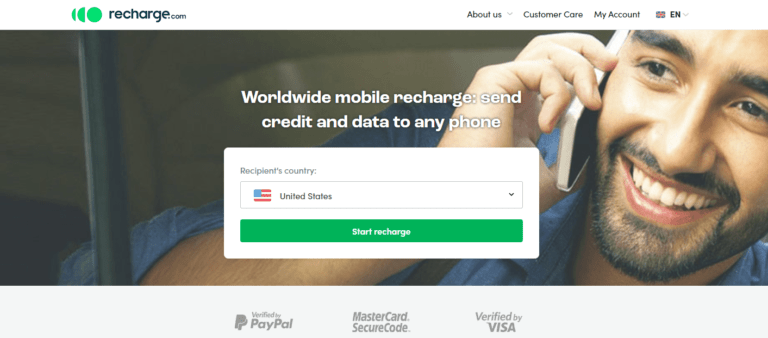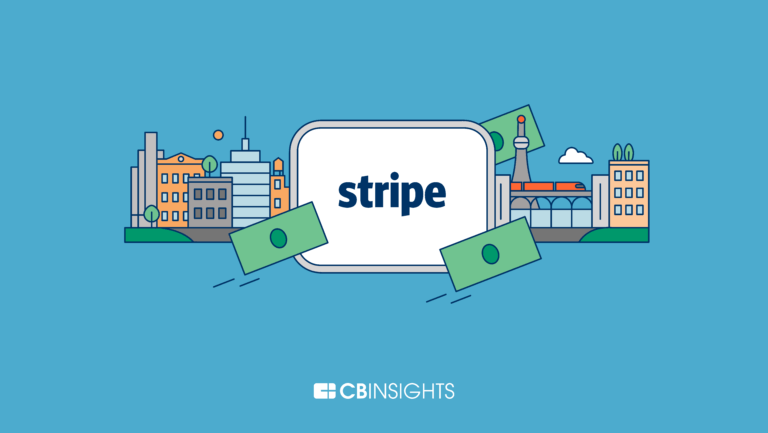
Zuora
Founded Year
2008Stage
PIPE | IPOTotal Raised
$242.5MMarket Cap
1.27BStock Price
9.14Revenue
$0000About Zuora
Zuora offers a subscription relationship management platform to help enable businesses in any industry to launch or shift products to subscription, implement new pay-as-you-go pricing and packaging models, gain new insights into subscriber behavior, open new revenue streams, and disrupt market segments to gain competitive advantage.
Missing: Zuora's Product Demo & Case Studies
Promote your product offering to tech buyers.
Reach 1000s of buyers who use CB Insights to identify vendors, demo products, and make purchasing decisions.
Missing: Zuora's Product & Differentiators
Don’t let your products get skipped. Buyers use our vendor rankings to shortlist companies and drive requests for proposals (RFPs).
Research containing Zuora
Get data-driven expert analysis from the CB Insights Intelligence Unit.
CB Insights Intelligence Analysts have mentioned Zuora in 5 CB Insights research briefs, most recently on Sep 23, 2021.
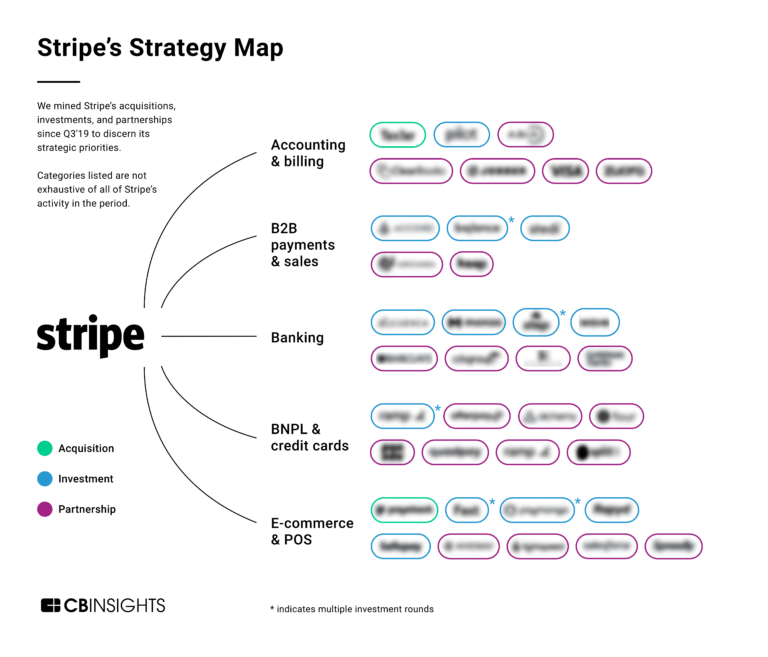
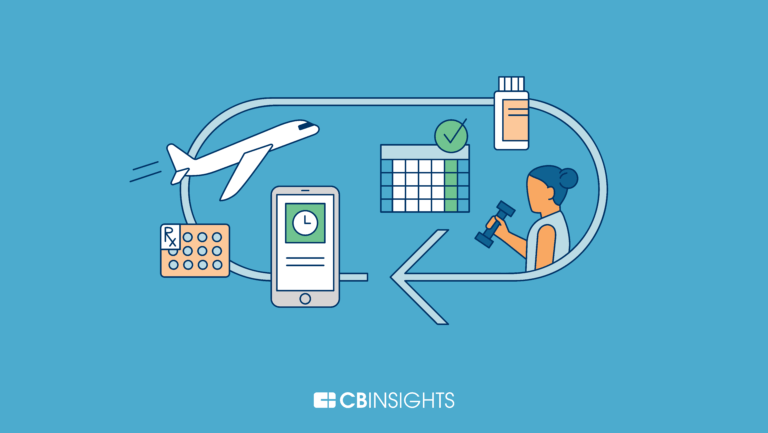
Feb 26, 2020 report
7 Surprising Industries Turning To Subscription Business Models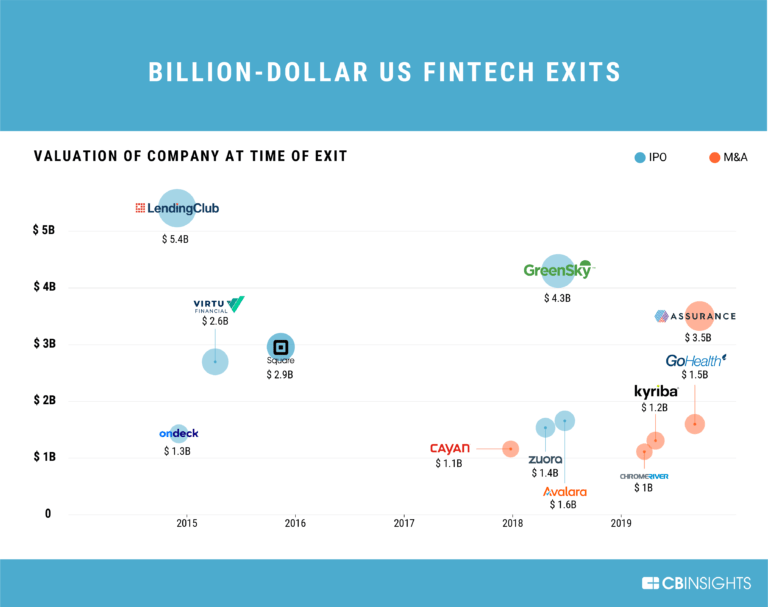
Dec 12, 2019
Timeline: Billion-Dollar US Fintech ExitsExpert Collections containing Zuora
Expert Collections are analyst-curated lists that highlight the companies you need to know in the most important technology spaces.
Zuora is included in 3 Expert Collections, including Fintech 250.
Fintech 250
248 items
Conference Exhibitors
5,302 items
Fintech
7,442 items
US-based companies
Zuora Patents
Zuora has filed 40 patents.
The 3 most popular patent topics include:
- Data management
- Database management systems
- Information technology management

Application Date | Grant Date | Title | Related Topics | Status |
|---|---|---|---|---|
6/3/2020 | 8/9/2022 | Data management, Database management systems, Data modeling, Algebraic number theory, Databases | Grant |
Application Date | 6/3/2020 |
|---|---|
Grant Date | 8/9/2022 |
Title | |
Related Topics | Data management, Database management systems, Data modeling, Algebraic number theory, Databases |
Status | Grant |
Latest Zuora News
Aug 11, 2022
Bookmark icon Summary: The current state of the art in the practice of customer success is the use of value engineering to quantify KPIs that measure successful outcomes. (© tong2530 - Adobe Stock) Continuous digital connection has fundamentally transformed the entire customer relationship lifecycle, from sales and marketing through to customer service and renewal. In place of the sporadic sales encounters and perfunctory service calls of the disconnected past, today's businesses can take advantage of digital technologies to achieve sustained engagement with their customers throughout the lifecycle. This in turn has led to the emergence of an important new role in customer relationship management (CRM), called customer success. In a series of articles, we've been studying the ongoing evolution of customer success . Here are the takeaways for businesses today. The software industry was among the first to experience the impact of continuous digital connection to its customers, in the transition from traditional customer-installed software to vendor-operated Software-as-a-Service (SaaS). SaaS vendors discovered that, because they remained digitally connected to their customers' real-world usage of the product, they could gather valuable metrics about that usage. At first, this helped to inform product development about which features were popular and which needed improvement. Later on, vendors discovered that usage metrics contained signals that warned whether customers might not renew their subscriptions, allowing them to take action to save the renewal. Thus the customer success function was born. Much has changed since those early days. For one thing, every business is now harnessing the power of digital technologies to enrich the customer experience, and therefore the lessons first learned by SaaS vendors now become relevant to all industries. This shift to Everything-as-a-Service (XaaS) is transforming how they approach customer engagement , including the embrace of customer success techniques. Secondly, customer success has itself evolved. In the beginning, customer success focused on analyzing metrics related to usage and adoption, since these had been shown to be useful indicators of a lack of engagement and potential customer churn. But these product-centric metrics, while still important, are only a part of the picture. Customer-centric metrics As vendors have become more sophisticated in the discipline of customer success, they have increasingly focused on more customer-centric metrics, based on the business goals that customers want to achieve from their use of the vendor's product or service. In an interview earlier this year, Neeracha Taychakhoonavudh, EVP Global Customer Success at Salesforce, one of the first SaaS vendors to establish a customer success function, confirms this trend towards measuring customer outcomes . She says: To Salesforce, customer success is servicing and retaining our customers. But the metrics you mentioned — adoption and usage — are very internal. So really, it's what does customer success mean to each and every customer? What is the value they're getting from their investment? What is the business outcome they're seeing? At subscription management vendor Zuora, another leader in the evolution of customer success, there is a playbook of 28 KPIs that relate to goals the customer may have from using its product, such as launching usage pricing, or going multi-national. Amy Konary, Vice-President of The Subscribed Institute the architect of Zuora's customer success strategy, explains its philosophy of customer success : We then will work with a customer and try to understand, of these 28 initiatives, which are the ones that you really want to achieve? ... Then we tie KPIs to that, specifically, and that all goes into the customer success plan. All of those KPIs are tracked directly in Zuora. So over time, that's how we manage that customer. And that allows us to build a personalized view of how that customer expects to achieve value with Zuora, and how well we're actually helping them realize that. The purpose is still to drive revenue, but based on the customer's success through using the product, rather than simply based on the vendor's success in selling the product. Konary says: My North Star is that they are winning in the subscription economy, they are thriving and have successful subscription businesses that are growing over time. Now, our proxy for that in our system might be the number of subscribers that they have, is that growing? The amount of revenue invoices that are being put through our system, is that increasing? That's something we certainly pay attention to, to try to understand, are customers achieving the outcomes that they engaged with us to help them achieve? If not, we have a series of steps that we take directly with the customers to make sure that we're providing whatever resources they need, whether it's within the system, or whether it's a team like mine, to help them make sure that they see that kind of success. Value engineering In common with many other vendors, Salesforce now harnesses the pre-sales value engineering process to establish the outcomes that matter to the customer, and then creates metrics based on those outcomes to measure the value delivered. That baseline is then updated over time as the customer's business evolves. The notion of value engineering has a long history in enterprise software. It was often used to make the business case for investing in a new software project, but in most cases was subsequently put to one side once the deal had been closed. In a customer success context, value engineering becomes an iterative process throughout the product lifecycle that's more in tune with the XaaS model. As Nick Mehta, CEO of leading customer success platform Gainsight, explains in a recent interview on the growth of customer success : The crazy thing is, you build a value engineering model that says the ROI you're going to get from buying a product. And then that's the last time you talk about the value. In theory, that should be the model that you go review every six months and say, 'Okay, you said, we're going to drive this much in value. Here's how we're doing. And by the way, the reason we haven't been able to do X, Y, and Z [is] we need you to do something — because a lot of times a customer needs to do things too. So it's linking value engineering with implementation and customer success and making it one golden thread. As the XaaS model expands beyond SaaS into other industries, tracking customer success isn't limited to metrics collected from the product itself. It should also take into account all the other channels of digital engagement with customers, especially in industries where the brand experience is as important as specific features of the product or service itself. Mehta elaborates: The martech stack is much more sophisticated — now you can see what people are doing. You have an online self-service support site, you can see what they're doing there. You might have an online community. So there's a lot of digital engagement in general. What I'm seeing people do is say, 'I want to harness all that digital engagement, to better understand what's happening in the customer, what's the value they're getting, what value we could be delivering.' So it starts with product usage, and it expands out to pretty much all digital engagement, from what we've seen. Quantifying KPIs Like Zuora, Gainsight has defined over two dozen different business processes that its own customers implement using the platform, such as client risk management, onboarding hand-offs, and so on. It then relates these to KPIs during the sales process, working with the customer to define specific KPI targets, such as increasing gross retention from 82 to 84%. Finally, it creates a customer success plan, mapping out the tasks and steps to achieve those targets. The company plans to productize this process so that its customers in turn can create similar KPIs and customer success plans for their own customers. It's becoming common to quantify KPI targets as a measurable value. Spend management vendor Coupa has done this for a long time, asking customers to pick three targets they want to achieve as a result of adopting its products, such as increasing the value of spend under management by a certain amount or reducing the time taken to process purchase requisitions by a number of days. The vendor has also produced benchmarks based on analyzing aggregate behavior across its customer community , so that those targets can be selected and tuned according to industry averages. At business process execution vendor Celonis, the company prefers to talk about customer value rather than customer success. It works closely with customers to objectively quantify the value of each project, and follows through to establish whether the value is achieved. In an interview during its recent London event , Nick Mitchell, Vice President and Country Manager UK&I at Celonis, tells me: The real results are based on what value is delivered. Typically, that's a monetary value, but it could be [the customer's] customer KPIs [and] customer success, or it could be risk and compliance — a lot of financial services companies use us from a risk and compliance perspective. If we're reducing their risk, and can demonstrate that reduction of risk, there's a value associated with it ... Typically we frame the value, and then we build plans to action the value, to realize that value. Then we get their finance department, whoever, to sign off that their value has been realized. [It] is a very formulaic, structured process to make sure that some of the results that were set up on the screen are bona fide, are signed off by the right levels within that organization. That methodology is part of that customer value package. Helping customers realize the value they're looking for thus becomes the core goal of the customer success function, rather than simply maximizing adoption and usage. Gainsight's Mehta says that the entire company should also be looking at those goals and refining its product development and go-to-marekt accordingly. He explains: The value that you're marketing should actually be tied to the value that you're selling in sales. And so people are going back and revising their marketing approaches to be a little more value-oriented. Level four is, now that you have all this data about what value customers are seeking, and what they're actually getting, the most useful consumer of that data is product. Because they could start seeing, what are the gaps between value desired and value delivered? Those are gaps the product could potentially help close, depending on what the product is. My take When I first started thinking about an outcomes-centric approach to customer success , it was a very nascent field. Techniques and tools are now starting to emerge, but I think it's still at an early stage of maturity. What seems clear is that customer success must be measured in terms of customer value realized, and if possible that value should be quantified. That's easier done in some industries than others — financial metrics such as spend and revenue are easy to quantify, whereas productivity metrics such as time and resource are often poorly instrumented. Once clear KPI targets have been established, it's up to the vendor's customer success team to then work out the steps it can take to help the customer meet those goals. This will be a mixture of advice, guidance and mentoring, as well as ensuring that the technology is doing the job it's intended to do. If the vendor has been smart enough to collect aggregate data about how its customers use the product or service, it can also offer useful benchmark metrics to bolster that guidance. Finally, the entire enterprise needs to align with those customer success metrics, ensuring the product provides optimal support for customer goals and that it's being communicated to the market effectively. None of this can happen without digitally connected instrumentation of the product or service itself as well as the broader customer experience. Disclosure - Celonis, Coupa and Salesforce are diginomica partners at time of writing. Read more on:
Zuora Frequently Asked Questions (FAQ)
When was Zuora founded?
Zuora was founded in 2008.
Where is Zuora's headquarters?
Zuora's headquarters is located at 3050 South Delaware Street, San Mateo.
What is Zuora's latest funding round?
Zuora's latest funding round is PIPE.
How much did Zuora raise?
Zuora raised a total of $242.5M.
Who are the investors of Zuora?
Investors of Zuora include Silver Lake, Sharespost, Benchmark, Marc Benioff, Shasta Ventures and 17 more.
Who are Zuora's competitors?
Competitors of Zuora include Chargify, SaaSOptics, Subskribe, ChargeBee Technologies, Gotransverse and 15 more.
Compare Zuora to Competitors

ChargeBee offers a subscription management and recurring billing platform that delivers a ready plug-and-play billing solution on the cloud. Chargebee integrates with payment gateways around the world to let users automate recurring payment collection along with invoicing, taxes, accounting, email notifications, SaaS metrics and customer management.

Aria Systems provides a cloud-based, billing and monetization platform to enterprises to test and iterate on pricing on a wide variety of monetization models, maximize customer value and grow recurring revenue through subscription- and usage-based offerings.

Recurly provides recurring billing management for thousands of subscription-based SaaS, media, mobile, productivity, and publishing businesses worldwide.

OneBill provides recurring billing & subscription management software with all the tools for grows a business. It is based in Santa Clara, California.

GetCheddar, dba CheddarGetter, is a billing engine and recurring subscription management system for web commerce.

Gotransverse created the first-of-its-kind revenue operations software solution that drives inefficiencies out of the revenue stream across the entire business. Its agile SaaS solution provides automation, integration and insight across enterprise-wide revenue operations. Transverse enables companies to speed their financial close, prevent revenue leakage, reduce customer churn and increase profits, all of which maximizes shareholder value.
Discover the right solution for your team
The CB Insights tech market intelligence platform analyzes millions of data points on vendors, products, partnerships, and patents to help your team find their next technology solution.
